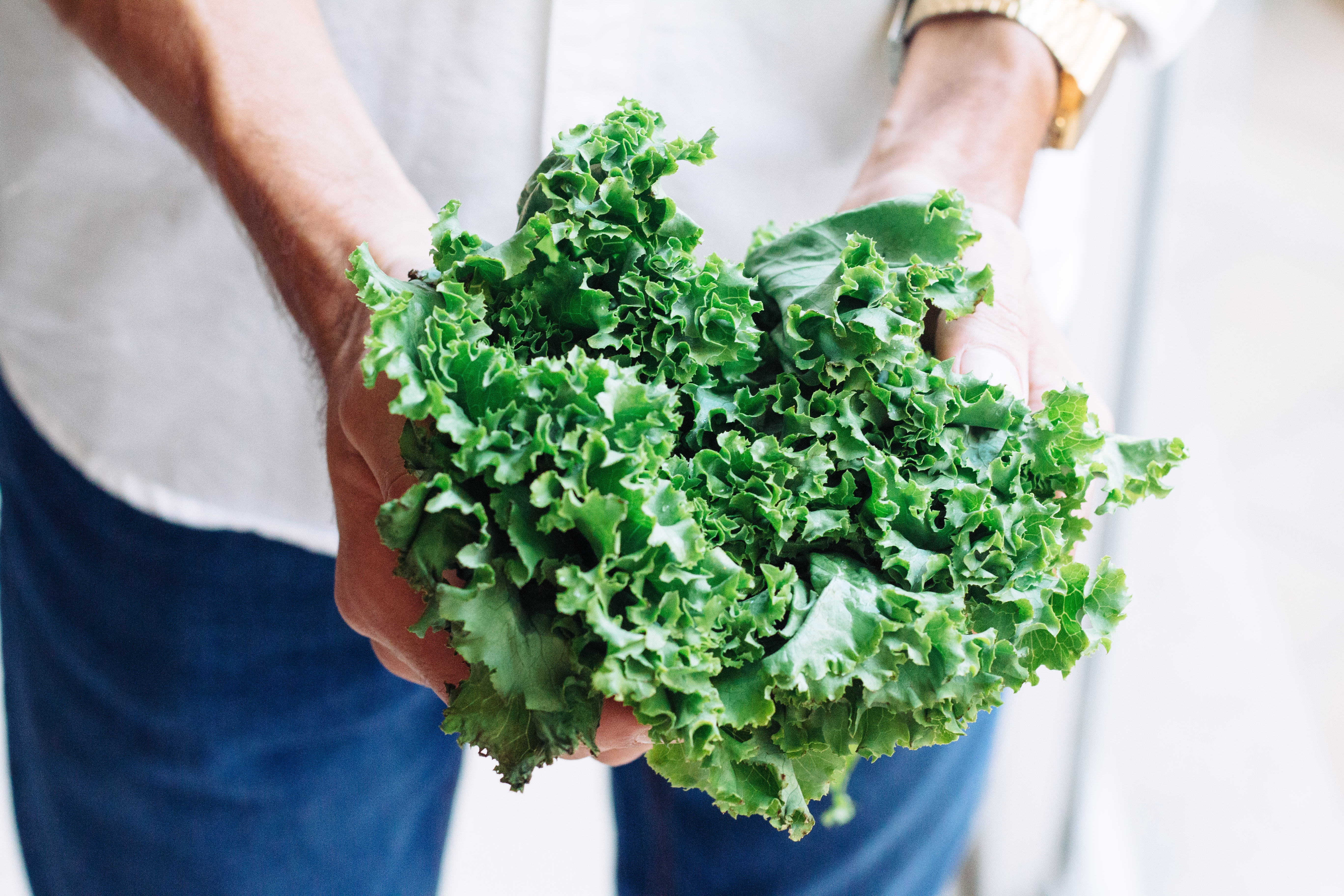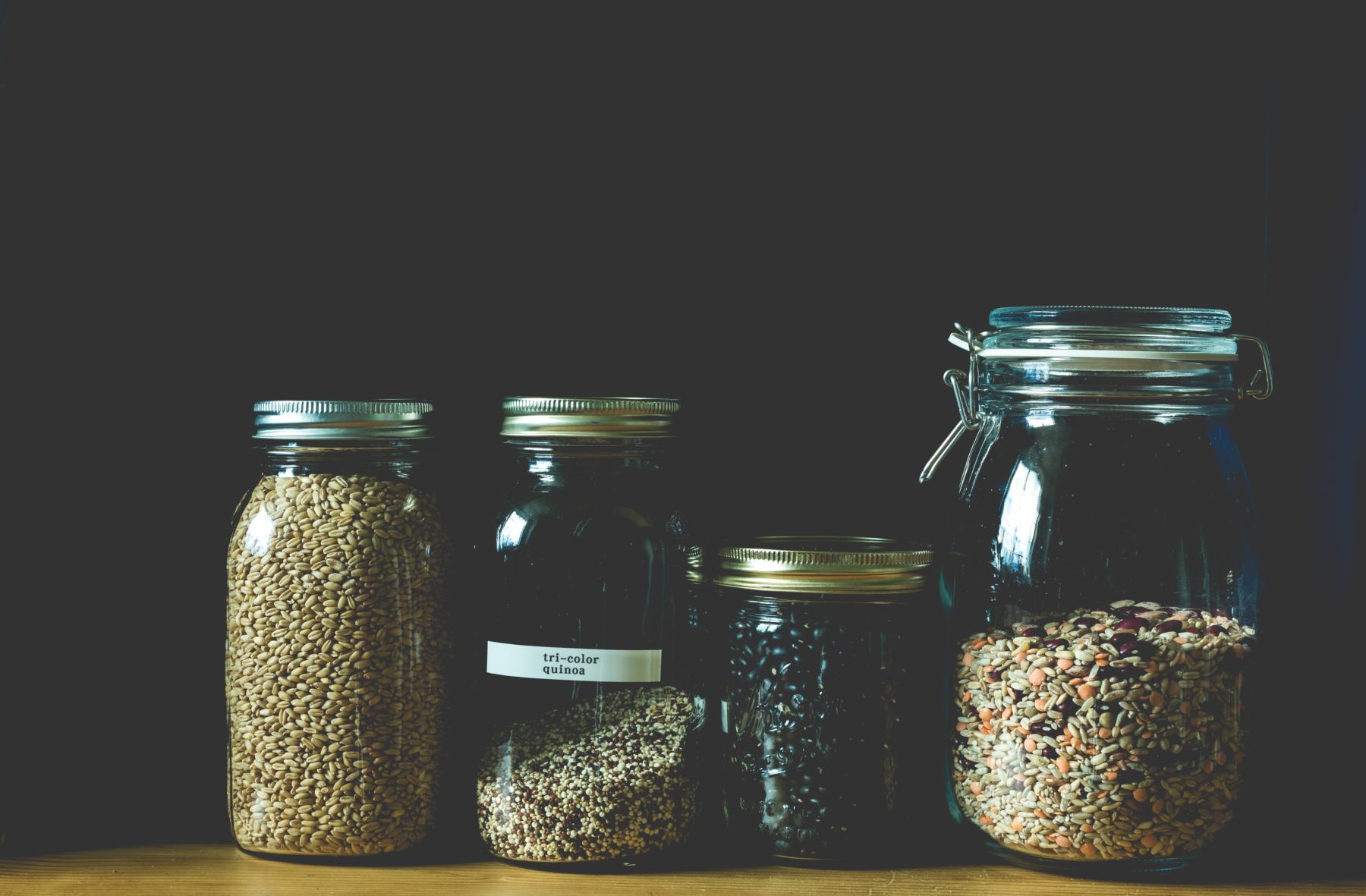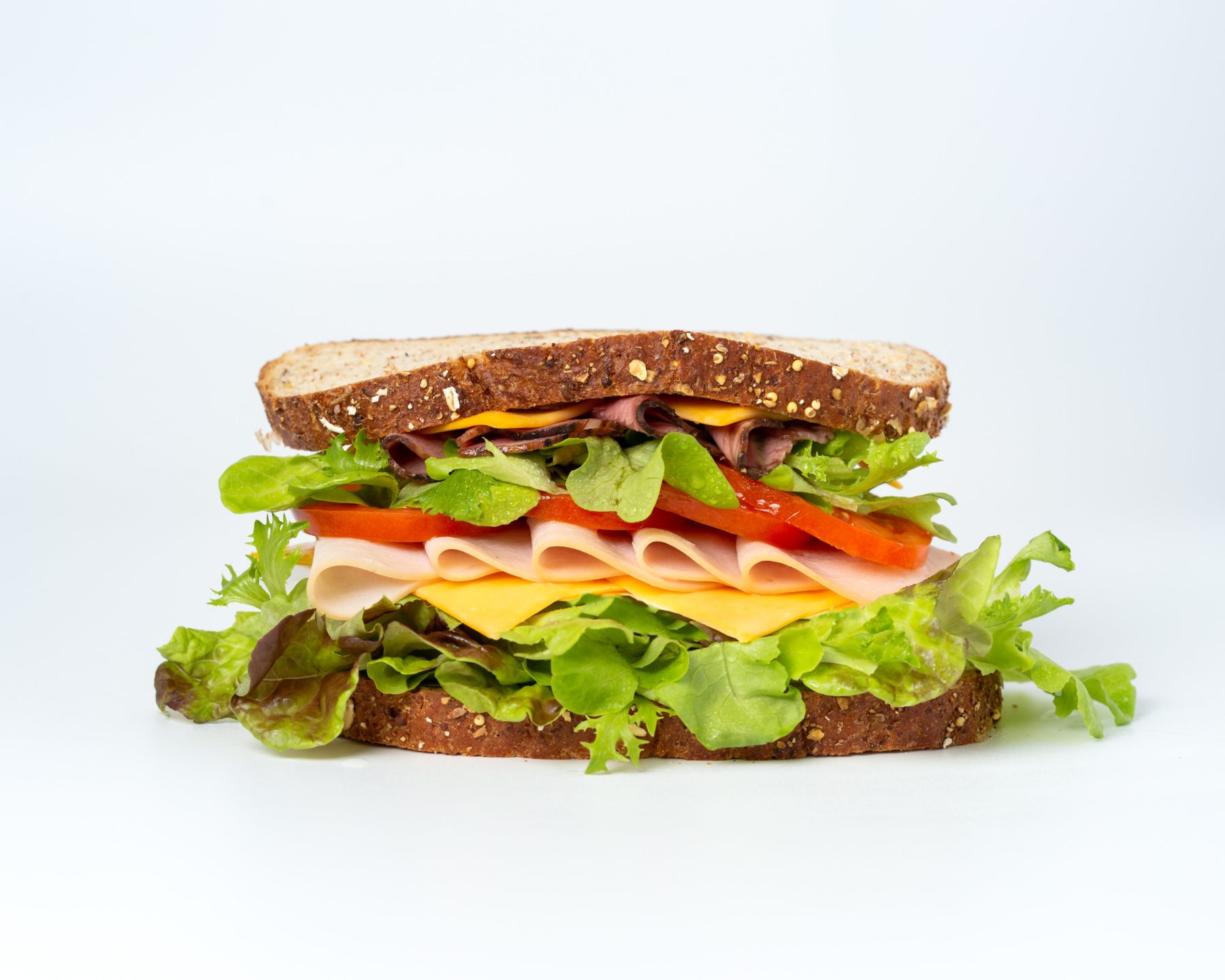Despite its often-quoted namesake, ‘superfood’ quinoa isn’t all it’s cracked up to be.
In 2007, the European Union prohibited the use of the term ‘superfoods’ in marketing. But the term is still used today to describe foods whose nutritional value appears too good to be true.
Boring old spinach VS glamorous kale
Many exotic, foreign, or ‘ancient’ foods are referred to as having a higher nutritional benefit than other mainstream foods.
This is not backed up with an authorised health claim or credible scientific research.
Typically, these foods are often introduced for the first time, or else reintroduced, to the Western market.
In order to sell, they rely on the narrative of them being newly discovered, or further benefits being uncovered, rather than their role in the recommended nutritional diet.

Emeritus Professor Caryl Nowson, from the Institute of Physical Activity and Nutrition at Deakin University, says that superfoods are a figment of the marketing imagination.
“It is a ploy to get people to eat a range of new wholefoods,” she says. “In many cases, they may be more expensive.”
Wholefoods are food products that have been processed or refined as little as possible. They are free from additives or other artificial substances, which is short-hand for being nutritionally beneficial.
For instance, cracked wheat is an affordable wholegrain.
The only processing it undergoes is milling, which breaks the grains into smaller pieces without stripping it of nutritional value.
Quinoa, on the other hand, is marketed as a superfood, and is claimed to be nutritionally denser than other wholegrains.
Although it contains more protein than rice and pasta and is gluten-free, Professor Nowson says that most people don’t need more protein in their diets, nor do they need gluten-free foods unless they are gluten-intolerant.

But just because these foods are said to be nutritionally dense, it doesn’t necessarily mean that they are good for us.
Take protein, for example; according to Professor Nowson, most Australians are getting more protein than they need in their diets from different types of meat, fish, milk, cheese, lentils, peas and beans.
“The only significant group likely to be eating insufficient protein are the elderly, who have small appetites and are eating inadequate amounts of food,” she says.
Quinoa might be beneficial for one specific demographic, but that hardly makes it any more super than other protein-rich foods.
The same can be said of other ‘exotic’ foods that claim to have a higher nutritional value than other foods.
“So-called ‘superfood’, Kale, is a highly nutritious vegetable,” Professor Nowson says.
“But so is spinach. Both can be equally beneficial to one’s health; there is no reason to eat more Kale than spinach.”
Credible, scientific advice is crucial
Fortunately, we don’t have to rely on superfoods to magically fill the nutritional gaps in our everyday diets.
Instead, Professor Nowson advises that we refer to the Australian Dietary Guidelines for everyday nutritional advice.

“The Guidelines use the best available scientific evidence to provide information on the types and amounts of foods, food groups and dietary patterns that promote health and wellbeing,” she says.
“These patterns can reduce the risk of diet-related conditions and chronic disease.”
To summarise, the Guidelines recommend that adults consume per day:
- 5 serves of vegetables
- 2 serves of fruit
- 4–6 serves of grain foods
- 2–3 serves of dairy
- 1–3 serves of meat, eggs or nuts (with a maximum of 7 serves over a weekly period)
However, the recommended figures may differ depending on factors such as age and sex.
In many cases, what constitutes as a serve according to the Guidelines is not the same amount as what many of us may consume as a portion size.

For instance, one single slice of bread counts as one serve of grain foods, meaning that by eating a sandwich you will consume two of your daily serves of the grain food group.
What about diets?
We can’t rely on a mythical superfood or the latest fad diet to magically fix our health and wellbeing.
Despite the limited research that has gone into investigating any potential benefits that these specific foods might have, they have not been found to have any particularly high nutritional benefit when compared to other foods.
“No one specific food alone is going to improve our health,” Professor Nowson says. “They are no more beneficial than ‘usual’ wholegrains, fruits and vegetables.”

However, certain overarching cultural dietary patterns may be worth investigating.
“There is some evidence that a Mediterranean dietary pattern that includes olive oil, nuts, less red meat and lots of fruit and vegetables is useful in preventing cardiovascular and heart disease, as well as reducing the risk of dementia,” Dr Nowson says.
“This type of dietary pattern fits within the Australian Dietary Guidelines.”
For more information on healthy eating, and to find out which foods and food groups are pretty super for our health, you can read about the Five Food Groups.
You can access more research and advice on health from the National Health and Medical Research Council.



